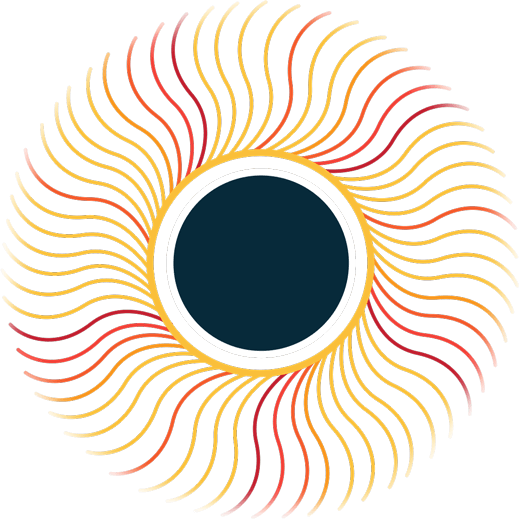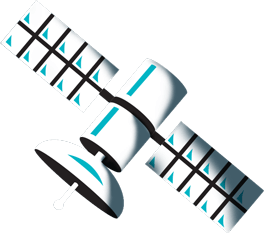


A total solar eclipse occurs when the moon appears to completely cover the sun in the sky. The fact that a total solar eclipse can occur at all is a total quirk of cosmic geometry. The sun is 400 times larger than the moon but also is 400 times farther away — just the right distance to seem the same size as the moon when they align in the sky.
Stay aligned with health science marketing trends and topics.

The only safe time to look at an eclipse without eye protection is during totality — when the moon is completely covering the sun. Anyone planning to view the eclipse should do so with the proper protective eyewear. Sunglasses cannot be used in place of solar viewing glasses.

Watch a live stream of the total solar eclipse here on August 21.
The Great American Total Solar Eclipse will darken a strip of land nearly 70 miles wide all the way from the Pacific Northwest to the Southern coast, crossing 12 states. However, you will still see at least a partial eclipse all through the United States.
SCORR's headquarters are 30 miles from one of the best places to watch. Ravenna, Nebraska, will have 2 minutes 35 seconds of totality around 12:57 p.m. CDT.
On Aug. 21, 2017, people across the United States within a 70-mile wide band will witness day turn to night when the sun disappears behind the moon during the first total solar eclipse to take place since 1979. During this eclipse event, the solar corona will beam from behind the moon, temperatures will drop rapidly and the world will pause to watch. You won’t want to miss it!

The Sun's bright corona extends millions of miles into space and is most easily seen during a total solar eclipse.

You can use this interactive map from NASA to zoom in on the path and find out the exact locations from which the eclipse will be visible.
Stay aligned with health science marketing trends and topics.

The Difference Is Night and Day
As the health science experts, SCORR knows your marketing must revolve around you and your goals, just as you revolve around your clients. Our team will move the sun, moon and Earth to deliver market intelligence, strategy and creative in perfect alignment so you get results that are out of this world.

The last total solar eclipse took place in the U.S. in 1979, but only clipped five states in the Northwest. Not many saw it because the weather was not ideal.
Sign up for our
SCORR Digital Magazine
Stay aligned with industry trends and topics.
You don't want to miss our quarterly digital magazine, On-Point, launching this fall. We’ll give you marketing tips and tricks catered to the health science industry, review industry trends and introduce you to our team of health science marketing experts.
©2025 SCORR Marketing. All Rights Reserved. www.scorrmarketing.com

If you are in North America and have clear skies on eclipse day, you will see at least a partial eclipse of the sun.
